Oil & Gas Drilling around Cook Inlet
December 3rd, 2018

So why is no one talking about all the oil and gas drilling around Cook Inlet where the MASSIVE earthquake was in Alaska? Primary info HERE! See for yourself.
Check this video of all the earthquakes in Alaska since the big one.
And as we know, there are seismic impacts:
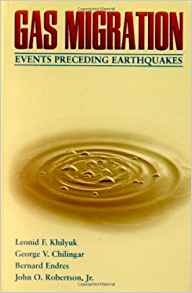
You can find it here at abebooks.com.
Petitions for Reconsideration of Line 3 PUC decision
September 26th, 2018
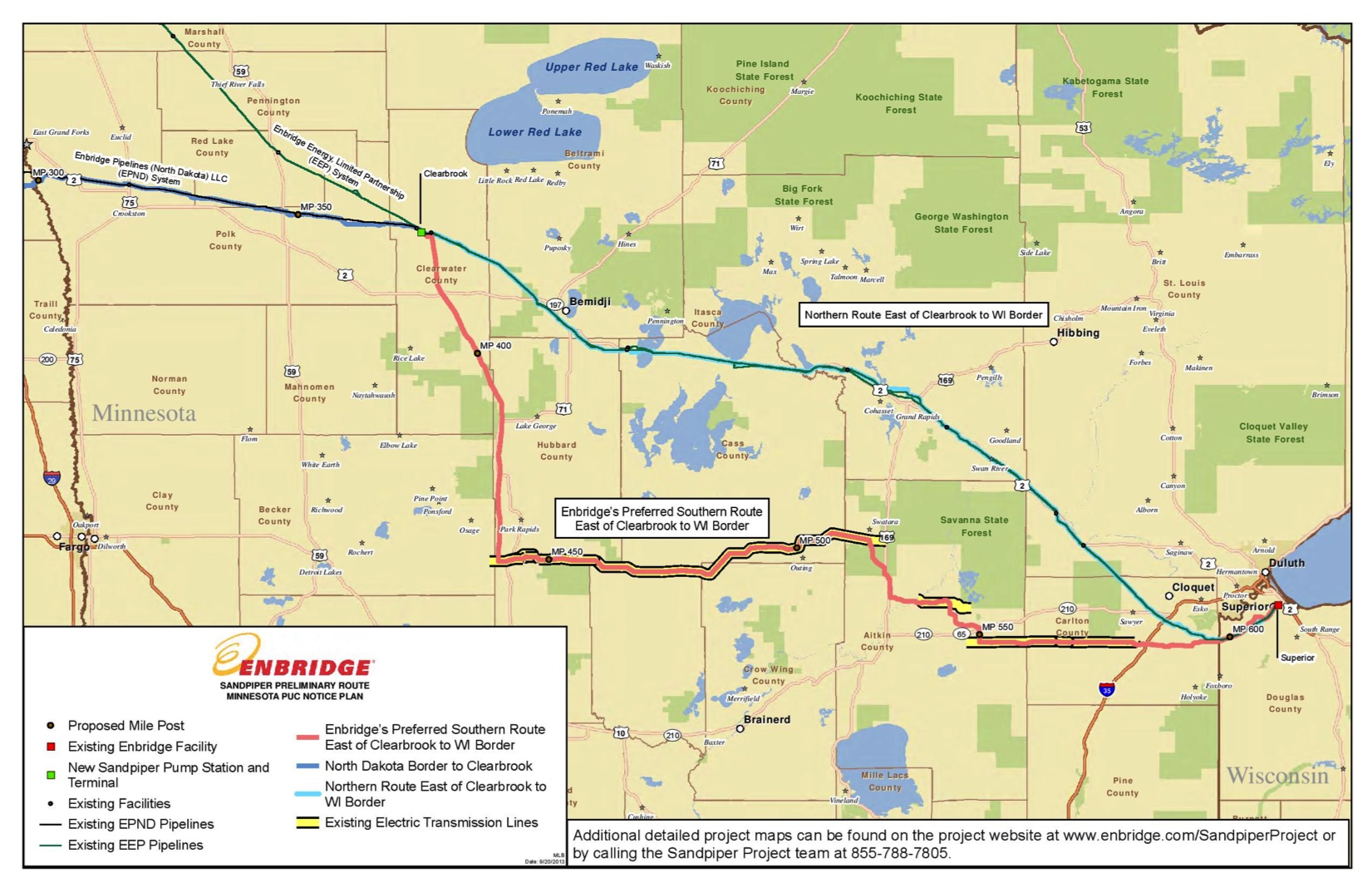
Today the Motions for Reconsideration for Enbridge’s Line 3 pipeline were due, and here they are:
Friends of the Headwaters_20189-146618-01
Whew, that’s a lot to read, but it’s instructive!!
FERC review of pipeline procedure
July 4th, 2018
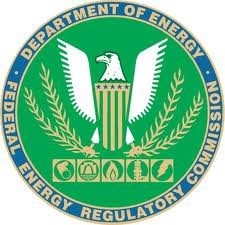
COMMENT PERIOD HAS BEEN EXTENDED – SEE BELOW!
I’ve been hearing a lot of comments about an Inspector General report, in the last few days,for example:
Oh so true!! That’s how it is in all infrastructure proceedings I’ve been involved with and observed. And as I sit here with a terrified doggy coping with a storm and fireworks, I’ve got time to look into it. She’s watching the storm come in from the west, have the office screen door open, oh, she’s a freakin’. Not drooling, that’s a start, Xanax might be doing something, but not much…

Anyway, a gas pipeline group I’m in was posting articles about this, and so I started with the post, no link… read the article, with many links, but no link to the Inspector General report, so followed the links, still no report. OK, fine, it’s GOOGLE TIME!
The bottom line? There is an Office of Inspector General Audit, a NRDC commissioned report, AND FERC published notice of a comment period, NOTICE OF A COMMENT PERIOD 4/25/2018 AND A COMMENT PERIOD THAT ENDED 6/25. BUT IT’S BEEN EXTENDED!
Here’s the Notice in the Federal Register, April 25, 2018:
Here’s the notice of extension of the comment period:
DATES: Comments are due July 25, 2018.
WHO READS THE FEDERAL REGISTER?
ANYWAY, COMMENT – WE’VE GOT THREE WEEKS!
What did the FERC Office of Inspector General have to say? In summary:
Should FERC develop more prescriptive standards for reviewing applications for new pipelines, in light of the increasingly uncertain forecasts of the need for incremental pipeline capacity?
Do changes underway in both the gas and electric industries – and the increasingly strong interrelationship between them – warrant a more integrated assessment of sectoral demand and electricity market forces in assessing natural gas pipeline need in Section 7 proceedings?
Should FERC require regional planning regarding gas transportation resources similar to the regional planning requirement imposed on electric transmission owners?
Should FERC apply a higher threshold standard and greater scrutiny with respect to demonstration of need, market demand, and public benefit where an affiliate (e.g., gas LDC, electric utility, and/or independent power producer) is involved in the proposed project?
Should determination of need for a proposed pipeline project be the threshold determination (instead of the current threshold determination, which is whether the project could proceed without subsidies from existing customers)?
Should FERC’s balancing of benefits against adverse impacts be expanded to include noneconomic factors (e.g., should environmental impacts be among the adverse impacts FERC considers while applying the balancing test)?
Should FERC give deference to state regulatory approvals (e.g., of contracts between pipeline companies and affiliated shippers, including either local distribution companies or power plants) only when such approvals involve a regulatory review of whether such contracts represent the least-cost method of serving such demand, taking into account other strategies (e.g., energy efficiency in the case of an LDC contract, or dual-fuel capability at the power plant, or application of technologies to increase throughput on existing pipeline capacity)?
Should FERC require a demonstration of need and public benefit based on a showing that non-pipeline alternatives have been considered as options to meet the demand of shippers (e.g., an integrated gas/electric resource plan or an integrated gas/electric reliability study, energy efficiency programs in the case of an LDC contract, dual-fuel capability at a power plant, or adoption and application of technologies to increase throughput on existing pipeline capacity)?
Should FERC impose a greater burden to show that a pipeline is needed when it is proposed to gain market share rather than to meet new market demand?
How should FERC’s policy take into account the views of a variety of interested constituencies (including competitors, customers, landowners, local communities, and others affected directly and indirectly by the pipeline and by the impacts of gas combustion), many of whom may have limited access to resources to participate as full parties in specific pipeline-review cases?
How should FERC weigh the relative distribution of benefits and burdens across those interested and affected constituencies?
How should FERC take into account the potential for stranded costs of new pipeline capacity that is later determined to be no longer needed in light of changes in the nation’s current and future energy mix?
Should FERC consider new ways for pipeline applicants to internalize the long-term monetary and non-monetary risks associated with near-term capacity investment decisions?
There was also a NRDC report, done by Susan Tierney:
This report was more concerned about broader issues, such as OVERBUILDING, as happened in electric transmission:
And listing factors that should be considered in updating FERC procedures:
Key Factors Warranting a Refresh of FERC’s 1999 Policy Statement:
Significant industry changes led to adoption of the 1999 Policy Statement, but rapid industry changes and trends since then call into question the policy’s continued appropriateness.
A new, generic proceeding is a better forum than individual case dockets for addressing implications of wide-ranging industry changes and trends.
The meaning and application of FERC goals have evolved over the decades.
The interaction of gas and electric industries suggests a need for integrated assessment of both markets.
Other factors originally highlighted in FERC’s 1999 Policy Statement remain important but warrant a reassessment in light of changes. Changes in the gas and electric industries and an increasingly active and oppositional context in which FERC’s pipeline certification cases occur indicate the need for review of factors FERC initially emphasized. These factors include:
the relevance and magnitude of pre-certification contractual commitments and/or precedent agreements;
the nature of relationships between pipeline developers and natural gas LDC, electric utility, and/or independent power producer affiliates;
the balancing of public benefits against adverse impacts in an era of debate over power system reliability implications and accelerating evidence of and concern over GHG emissions and climate-change risks resulting from current and future combustion of natural gas;
complications in assessing need and impacts across pipeline owners in an era of rapidly expanding changes and growth in production regions and consumption patterns; and
trade-offs across the interests of gas-consuming populations and those of communities impacted by gas infrastructure.
This is a good assessment of where we’re at. BUT, the many things raised by Tierney in NRDC’s report were not addressed in the FERC Office of Inspector General report. And yes, those things addressed by the Inspector General are also oh-so-relevant. So there’s a lot to do!
DATES: Comments are due June 25, 2018.
We have three weeks. Let’s get cracking!
PROCEDURE ALERT: PUC going off in the weeds with “modifications”
June 28th, 2018
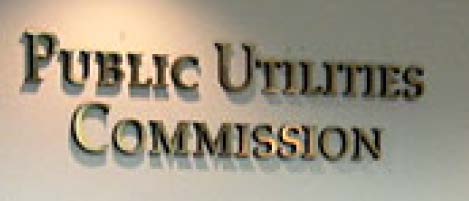
We’re in another day of Enbridge Line 3, today no oral argument or comments, it’s deliberation only. In the intro, Commissioner Sieben introduced a lot of modifications, laid out on a sheet of paper which was passed around to Commissioners, and then Commissioner Tuma did the same with I believe a couple of sheets (he seems to introduce something at every meeting, spring it on people, with no time to review). Now they seem to be negotiating how they’re going to approve the Certificate of Need. ?? I have no idea what they’re talking about, there are no copies for the public, and the documents Commissioners Sieben and Tuma have not been eFiled. ???
Sierra Club and other intervenors have filed a Motion objecting to entry of new information that has not been subject to review, and that the information should be subject to a contested case proceeding before the Administrative Law Judge.
20186-144310-01_New Info_Remand for Contested Case Proceeding
As they’re going now, it’s as if they are negotiating a settlement with Enbridge, but hey, what about the intervenors, who are parties with equal standing in this?
They’re talking about “beneficiary,” but what they’re searching for is “additional insured.” And they’re talking about unavailability of insurance for this, well, this is right along the lines of Price-Anderson for nuclear, where we subsidize the industry with no-fault coverage with nominal recovery allowed!
I have tried to get copies eFiled of the Sieben and Tuma sheets that have been passed around, struck out. Ain’t happening.
They’re talking about a “landowner choice” program where landowners have the option of removal of the old Line 3 from their land. Schuerger is raising issue of need for informed consent. YES! So can we hear from intervenors about all this? Big issue — all of this is proposed to be handled in a Compliance Filing, and there’s no procedural option for anyone to comment on compliance filngs, unless people just jump in and take it upon themselves to file comments — but there’s no suggestion or guarantee that any comments on what Enbridge comes up with, that it will even be considered.
What a mess… Certificate of Need approved, with directive to adopt the Recommendation of the Administrative Law Judge to the extent that it is consistent with their decision — that’s backwards, putting the cart before the horse. Are they making such a mess of this so that on appeal the court will throw it out?
Now on to the route permit.
Webcast of Line 3 deliberations at PUC
June 27th, 2018
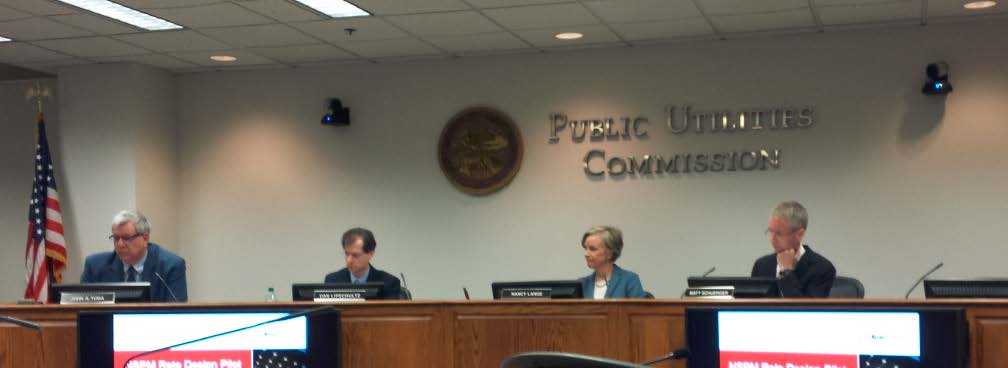
LISTEN HERE: http://minnesotapuc.granicus.com/MediaPlayer.php?event_id=1856
It’s pretty disturbing. Today started out with the Commission asking Intervenors to pick their least awful route option. WHAT?!?! That is NOT how a line is chosen. I think they’re using that to build a “record” (NOT!) for whatever decision they may make.
As the Commission was reminded, the Commission is to choose a route, only AFTER a Certificate of Need is granted, based on the criteria in the statutes and rules. Commissioner Sieben turned to a pretty manipulative attempt at burden of proof shift, looking for a statement to get them off the hook. NO!
NO? That’s correct. This is the Commission’s job, and if there’s no need, deny the application. If there’s no acceptable route, deny the application. The ALJ made a Recommendation, and the Commission has to deal with that.
Then there’s the push about System Alternative SA-04. That route would go right through my Association of Freeborn County Landowners’ community, and AFCL filed an Exception regarding that SA-04 route:
Line 3 – Exceptions to ALJ’s Report
Sieben keeps saying it’s a “difficult decision.” Yeah, it is.
Lipschultz keeps asking which alternative is least objectionable. NO. JUST STOP THAT!